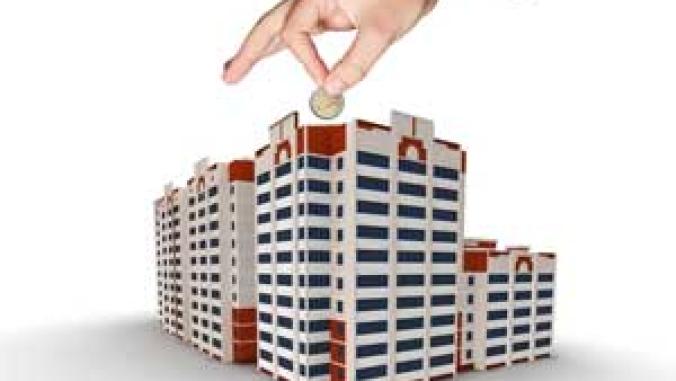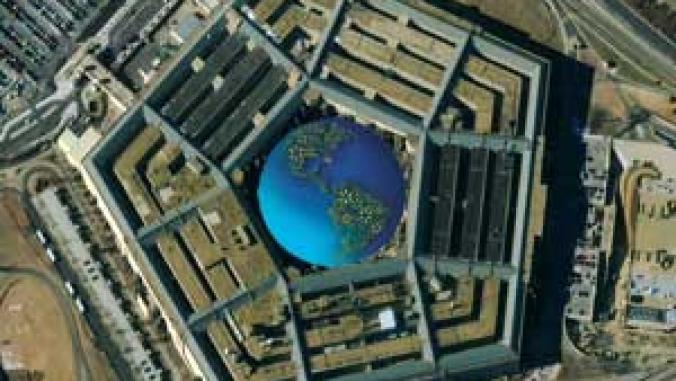Next-Gen Buildings: Too smart to fail or too busy to think?
<p>Smart, connected buildings currently promise more than they can deliver, at least if we don't pass the baton properly from design teams to operations teams.</p>

Editor's Note: This is a preview of a topic to be discussed at our upcoming VERGE conference. To learn more about next-gen technologies for commercial buildings, be sure to come to Boston May 13 and 14.
Big Data. The Internet of Things. Business Intelligence. Building Information Modeling. Are these nascent trends in the next generation of buildings an opportunity to take our built environment to the next level or will they cause building owners and operators to sink into an expensive and unproductive morass?
The short answer is "yes." The overlay of Information Technology will revolutionize the industry and lead to levels of performance, comfort and sustainability that we can only dream of today. However, this only will happen if the benefit is clearly defined and communicated. Given the diversity and often dubious quality of messages about the costs and benefits of building intelligence, it makes us wonder how many building owners are left scratching their heads. Experience dictates that solid business practice is far more than simply being in vogue with the latest technologies.
As leading thinkers in the field of sustainable design and operation of buildings, with nearly a century of combined experience, we believe that a new paradigm and approach are needed. Existing and emerging technologies, tools and design experience have the potential to be combined in ways that can transform our current and future building stock into an engine of restoration and regeneration for people, the planet and business profit.
So, how do we begin this paradigm shift? As with the digitalization of the communications industry, the convergence of Information Technology and Buildings is inexorable and inevitable. Like air conditioning in the 1950s and '60s, intelligent buildings initially will be more expensive, but also will be better buildings. Soon, however, fullly automated fault detection and diagnosis and the operational optimization allowed by emerging IT will become the norm. By embracing the trend early, the building industry will be better able to take the lead in the transition, rather than be a reluctant passenger.
Nonetheless, our experience dictates that before building owners embrace emerging ideas, there must be a clear reason beyond being in vogue with the latest trend. To date, the promise of better buildings through digital intelligence has not quite lived up to the hype. In recent surveys, many customers say they prefer not having building automation as it layers an added level of complexity to their operations that they find difficult to support. Thus, it is fair to ask whether the benefits outweigh the cost.
Give owners the ability to see euildings as strategic assets
In the commercial sector, technology vendors so far have failed miserably at giving building owners the ability to see their properties as strategic assets and business enablers, as opposed to continuing to see them as cost centers.
Visionary architect William McDonough articulates design as the first signal of human intention, so good analysis could be argued as a foundational element of right intention.
Typically, building sustainability options are limited to the direct experience of the design and engineering team's interpretation of the owner's requirements. Currently, for even the most sophisticated and advanced projects, owners must be satisfied by a "best of the bunch" analysis where a few dozen packages of options, if that, are evaluated. Today, very little financial -- let alone comparative financial -- analysis is done of different options.
tristan tan / Shutterstock.com.
Analytical tools are improving: We have access to more information and design alternatives than ever before and the power to evaluate different options also has grown significantly. Cloud computing can allow the parallel financial and energy evaluation of thousands -- essentially all -- of the applicable energy efficiency and sustainability alternatives.
We are quickly approaching a time when next-gen buildings -- both new and retrofit -- will have gone through economic and sustainability optimization exercises in envelope and building system design. Growing performance reporting requirements are likely to drive greater demand for and investment in good design.
If one looks at sustainability over the life cycle of a building as a relay race, many passes of the sustainability baton are bobbled or dropped before the finish line. Imagine how well an Olympic relay team would do if they never practiced their handoffs, which is essentially what happens every day in the construction industry. Indeed, one of the least effective handoffs occurs between the design and operations phases.
The next challenge will be to leverage good design into good operations so that next-gen buildings not only are beautiful but also high-performing both economically and environmentally. The power and multi-dimensionality of Building Information Modeling -- 3-D spatial models combined with the added dimensions of time/scheduling and cost -- can be an excellent platform for this smooth handoff. The firms using BIM -- although still a tiny minority in the profession -- already see and benefit from this multi-dimensionality, but convincing the rest of the industry remains a challenge.
We need to better convey why using a strategic asset management perspective and lifecycle approach, which engages the building operations team during the design and commissioning phases, drives value beyond that of the status quo. This should not be difficult, because so many case studies show conclusively that the integrated design process brings value when the commissioning team and builder work jointly during the design phase. There is no doubt that similar value will be realized if a building management perspective is included during design and commissioning.
Another bobble or drop of the sustainability baton comes when trying to maintain or increase a building's efficiency during the operations phase. Much of this difficulty is caused by the disconnect between the boiler room and the boardroom. The occupants of each do not effectively understand and do not effectively communicate with the other. New tools are being developed to bridge this gap, including financial optimization software. In the context of larger scale real estate portfolios, enterprise software and business process management can be modified to track building performance and demonstrate how buildings contribute to and align with the owner's business objectives.
Galileo is reputed to have said, "Count what is countable, measure what is measurable. What is not measurable, make measurable." Applying this maxim to the buildings sector, we are measuring and counting more and more things. While no one can deny that modern buildings today can produce mountains of data generated by building management systems, the advent of machine-to-machine communications will represent a quantum leap in the amount of information measured and communicated that must be analyzed and acted upon.
At present, we either tend to take the data we get from our buildings at face value or we don't collect it at all. But one of the dirty secrets of building management is how inaccurate is the wide -- and growing -- array of sensors in our facilities. Commissioning agents routinely find temperature sensors that are out of any reasonable bounds of accuracy. One result is that buildings simultaneous heat and cool, which not only results in massive energy waste, but can also be hugely uncomfortable for the poor souls sitting beneath the diffusers that are either running too hot or too cold.
Moreover, sensor inaccuracy is not consistent; at one point a sensor might read high and then it might read low as shown in the figures below. So our concern is not around the lost opportunities of failing to analyze Big Data, rather the dangers of acting on analysis based on Big Garbage. Given this, Galileo's quote above might be modified to the following corollary: "Measure well, otherwise it doesn't count." You can see the importance in the two graphs below -- the first shows the expected relationship between two sensors in a building, and the second shows the actual relation between those two sensors. (Click the image for a larger version.)
The next generation of buildings holds tremendous promise to enhance the triple bottom line, as long as we understand their value as strategic assets. Smart, connected buildings -- whether new construction or retrofits -- should be viewed as business enablers, not cost centers. The current maxim in real estate valuation is "location, location, location." However, a growing body of research and data is indicating that in reality it is "location, location, building."








